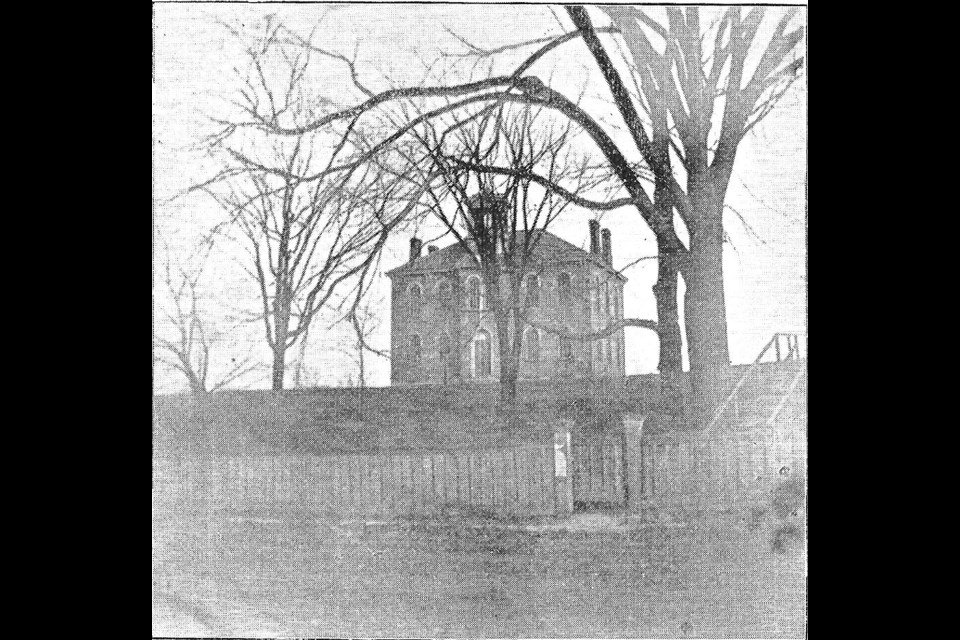Methodist divinity students were another class of teachers, and these in turn were succeeded by instructors from the U.S. Then, when Upper Canada itself offered better facilities for the training of teachers, a law was passed enacting that none but British subjects, either by birth or by naturalization, should be employed in the schools of the province. In fact, this had been one of the clauses of the act of 1816, but it had been practically a dead letter.
However, with a courtesy not often applied to alien laws of the present day, it was officially announced that women from the U.S. should not be excluded by this law.
Dr. Ryerson always allowed them to teach in Ontario, if, upon examination by the local superintendent, they were found to be sufficiently well-educated. Afterwards, a more rigid and uniform system of teachers’ examinations practically excluded all instructors but those trained in Canadian schools.
In the early days, it was natural that the township common schools should offer fewer advantages to pupils than the better equipped institutions in the towns and larger villages. Nevertheless, occasionally some university man or other person of wide learning found his way into the backwoods, and there gave to the settlers’ children opportunities for culture that the pupils were quick to profit by.
The work still lives, but often the name of the teacher has been forgotten. Among those who were long remembered in Thorold Township were the Rev. W. Eastman, a Presbyterian minister, George Bradshaw, A. Murray and J. Garner, while in later days, Walkden Mawdesley and James B.I. Hilton were well-known teachers.
The first school house within the limits of the town of Thorold was built in 1820 on Henry C. Ball’s land, east of the Welland Railway track. The first teacher was a Mr. Rattray. The second school was built at the west of the town on the Keefer property, and here, Mr. Myers taught. A third school was built on the Grenville property in the centre of the town. Dr. Kirk was a teacher here for a great many years. Mr. Horner, an Irish teacher, was in charge of the school opposite St. John’s church for a long time.
In 1823, a public library was established in the southwestern corner of the township. It was supported by a yearly subscription from the members. When books became cheaper, and each family had better opportunities for buying its own reading matter, this institution gradually died out.
Between 1816 and 1871, many acts were passed relating to education, but many of the changes made were merely experimental. After the union of the two Canadas, acts respecting the common schools were passed in 1841, 1843, 1846, 1847, 1849 and 1850.
In 1844, Dr. Egerton Ryerson was made Superintendent of Education for Upper Canada, and through his efforts, the foundations of the present system were laid. Through him a uniform system of examinations was established, and thus it was made necessary that children in the outlying country districts should be as well-instructed as those living within the limits of a city.
Until 1871, the township schools were governed by a local superintendent. Among those who filled that office in Thorold were Dexter D’Everardo, James Beatty, the Rev. Charles Walker and Capt. Radcliffe.
In 1847, there were 14 schools in the township—only five more than in 1817. The legislative grant was 121 pounds, 17 shillings, while the total salaries paid amounted to only 678 pounds, 7 shillings in that year.



